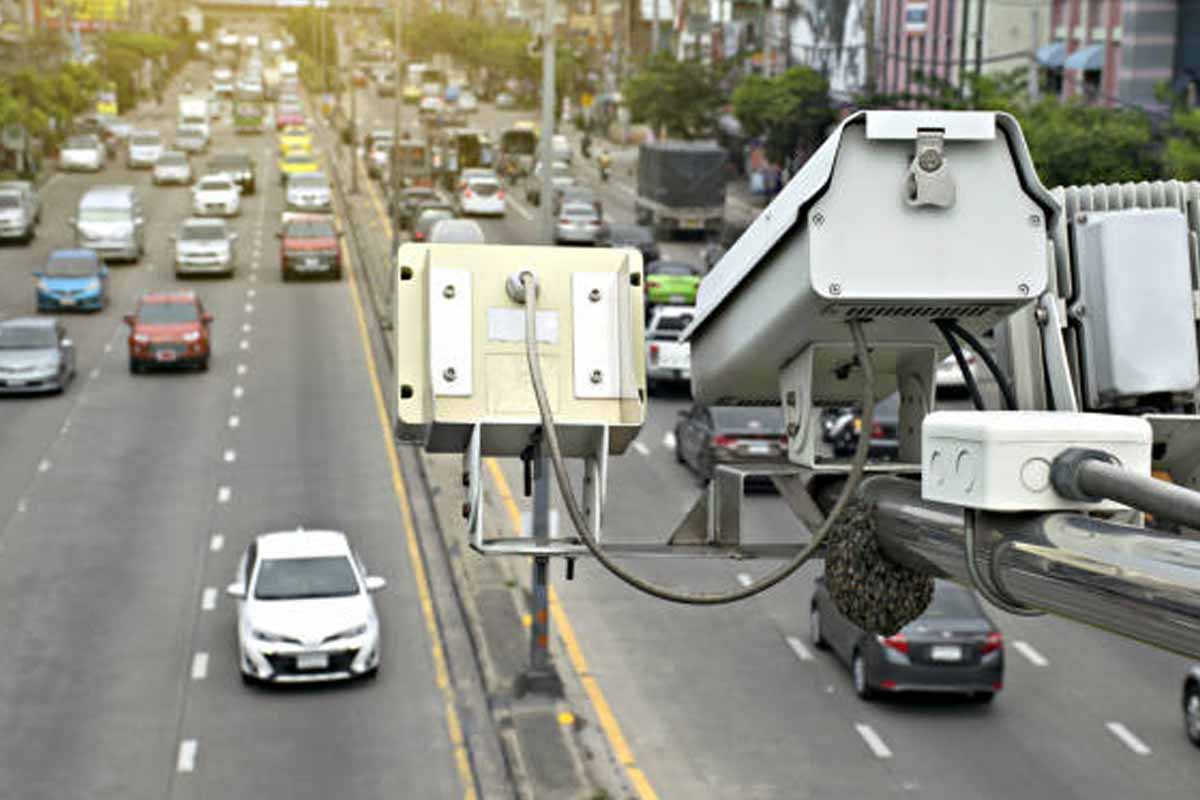You feel it as soon as you merge: rules changed since Aug. 1, and the left lane now comes with clear stakes. The goal is simple, and urgent: keep traffic flowing, cut risky conflict, and make expectations visible. That means new penalties for hogging the fast lane, stronger tools for enforcement, and a tighter link between behavior and consequences. As drivers adapt, speed traps matter less than visible norms, fair fines, and steady habits that protect everyone.
Why the left lane rule matters for flow and safety
Left-lane cruising builds rolling roadblocks that trigger brake checks, close calls, and sudden lane dives. The rule is not new, yet uneven habits made it fuzzy. Clear penalties now push a simple idea: pass, then move right. Drivers get predictability, which reduces risk, anger, and tailgating.
Traffic engineers note that lane discipline cuts turbulence, then lowers crash odds. With steadier speeds, merging feels easier and less tense. Insurance studies often tie smoother flow to fewer claims, because fewer surprises mean fewer errors. The change aims at that calm zone, while still leaving room to pass quickly and safely.
Cameras, patrols, and public messaging align. Drivers see the rule, then sense it on the road. That consistency builds compliance without drama. Small behavior shifts scale up fast on busy corridors, because one clear move in the left lane can ripple through dozens of cars behind.
What changes when fines meet speed traps on busy lanes
Louisiana codified that alignment. Senate Bill 11, signed by Gov. Jeff Landry, makes left-lane cruising below the limit a ticketable offense starting Aug. 1. The left lane stays for passing; you overtake, then return right. That closes the gray area that turned courtesy into conflict during peak hours.
The fine ladder is plain: first offense $150, second $250, third $350 with possible jail up to 30 days for repeated violations. The intent is not punishment for its own sake; it is a nudge with teeth. Clear numbers set clear expectations, so the rule feels fair and predictable on day one.
Officers will target behavior that stalls flow and sparks risk, not brief passing moves. Signage, media notes, and consistent stops teach faster than lectures. Because the standard is simple, roadside explanations stay short. That helps court dockets too, since a clean rule lowers disputes and cuts repeat offenses over time.
How enforcement tools and penalties shape driver habits
States already tightened speed penalties, and Florida went further this year. There, driving 50 mph over the limit can add jail time, not just a bigger ticket. That step underlines a trend: extreme speeding draws firm consequences, while modest, routine habits get shaped by steady enforcement and simple cues like lane use.
Automated cameras extend that reach because they see patterns humans miss. Used well, they reduce bias, and they free officers for hazardous stops. Drivers learn to time merges, plan passes, and keep right after completing them. That daily rhythm matters more than occasional speed traps, since constant signals guide constant behavior.
When rules are visible and fair, frustration fades, and courtesy grows. People accept guidance they can predict. Clear left-lane rules also help learners and out-of-state visitors, who read the road faster when norms match signs. The payoff appears not only in crash data, but in calmer commutes and simpler insurance stories.
Automation, lane etiquette, and the future beyond speed traps
Vehicle tech also pushes policy. Automation in today’s cars still needs an alert driver, yet pilot programs test full automation in select cities. Austin hosts driverless trials from Tesla’s cybercabs, Alphabet’s Waymo, and Amazon’s Zoox. Texas refined its rules to spell out safety duties as these fleets expand and mix with daily traffic.
Lane etiquette matters even more as human and automated drivers share space. Predictable conduct gives software cleaner inputs and fewer edge cases. A left-lane that is used for passing, then cleared, reduces odd merges that can confuse sensors. It also limits the sudden braking that creates risky gaps and chain reactions.
Lawmakers balance innovation with guardrails. They track collision data, review incident reports, and adjust standards as systems learn. Clear signals, steady speeds, and courteous lane changes help both humans and robots. That shared grammar of the road turns policy into practice, block by block, without slowing progress or safety.
Practical playbook for smoother trips under the updated rules
Plan your pass early, then build a safe buffer. Check mirrors, signal, and change lanes smoothly. Complete the pass at a steady pace, then return right without cutting in. That simple loop keeps traffic flowing, which protects you and the drivers behind you. Courtesy works like a safety feature you control.
Watch signage and pacing cues, because enforcement now backs the norm. Expect cameras in select corridors, and expect patrols where flow breaks down. Keep your focus on space, not just speed, since spacing prevents surprise. With those habits, speed traps matter less; your consistency does the heavy lifting during long drives.
Know the numbers. In Louisiana, left-lane cruising below the limit draws $150, then $250, then $350 plus possible jail for multiple offenses. In Florida, extreme speeding can bring jail when you blow past the limit by 50 mph. Policies differ by state, so check rules before you trip across borders.
Why these rules now shape safer, calmer highways
Change always brings questions, yet the aim stays clear: fewer conflicts, smoother pacing, and safer roads. When the left lane is for passing, every merge makes sense, and every driver can plan the next move. With firm penalties, steady tools, and less focus on speed traps, the road turns predictable, which saves lives.
